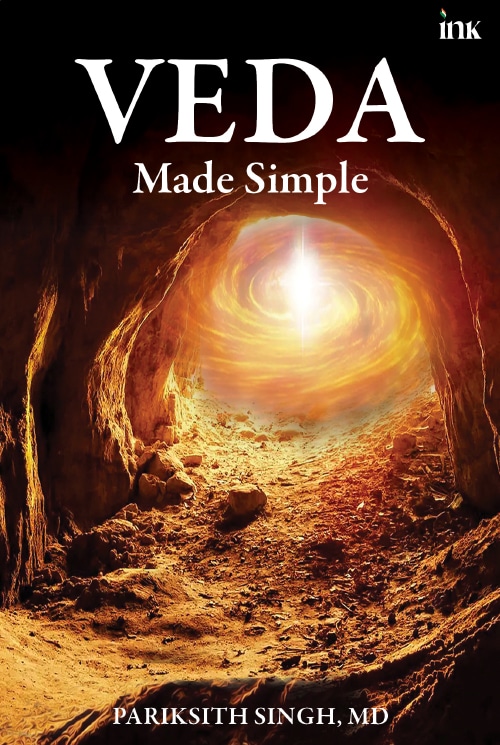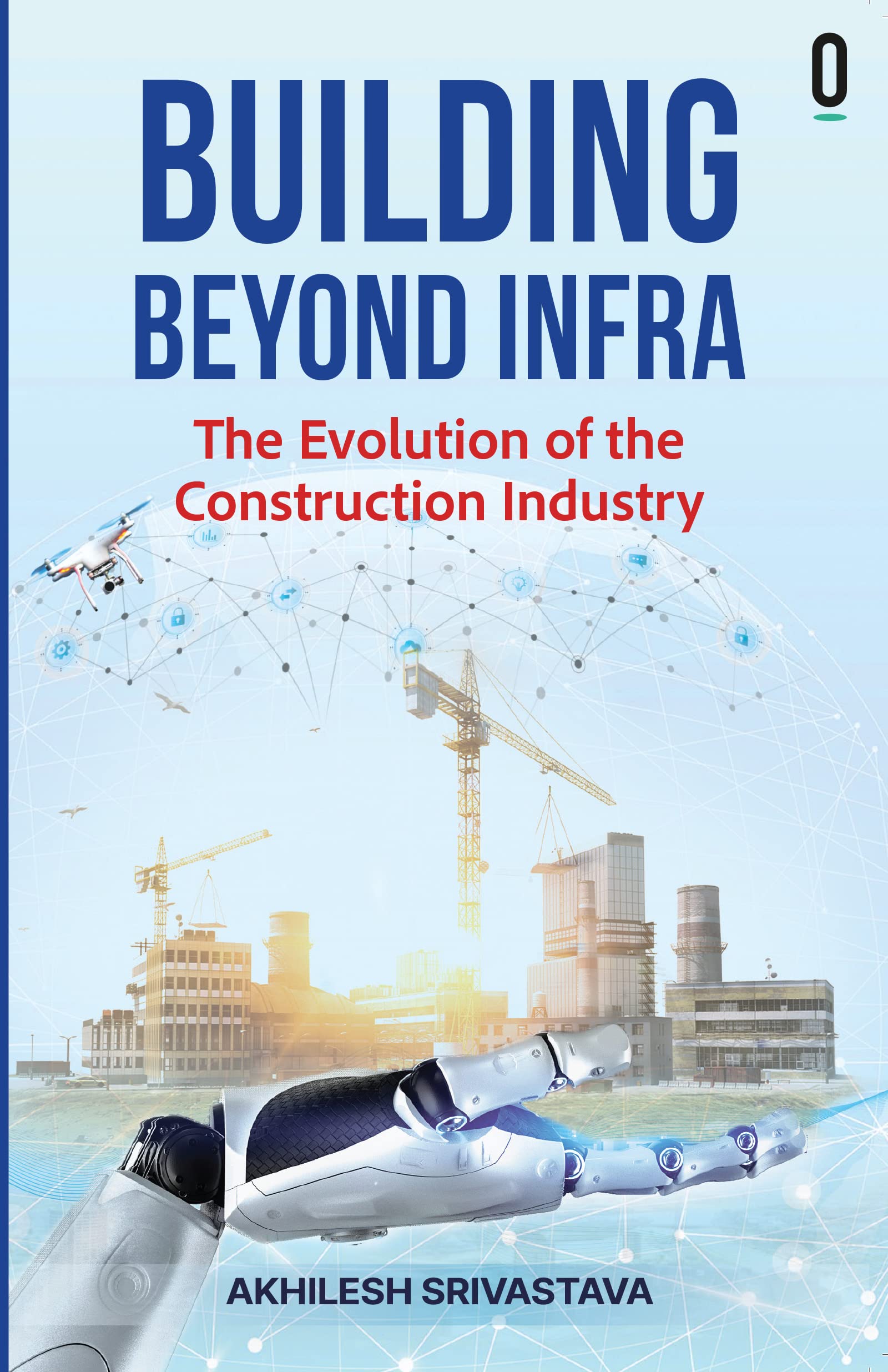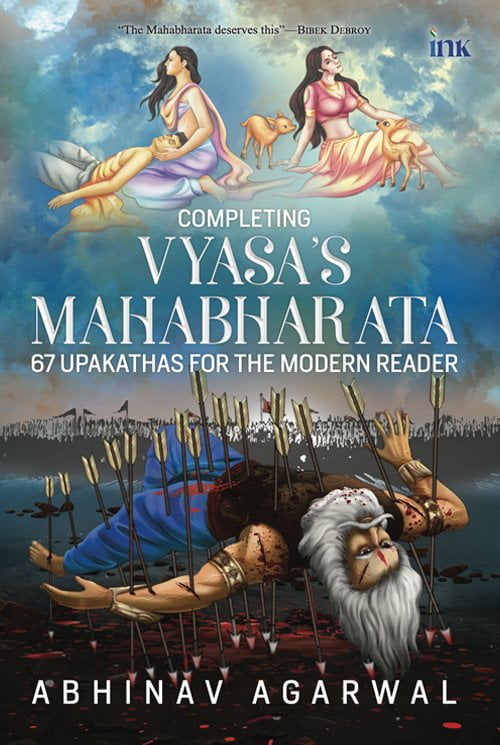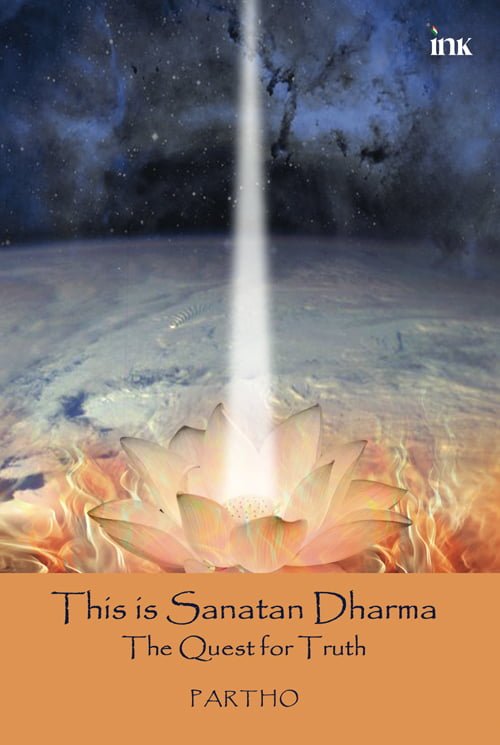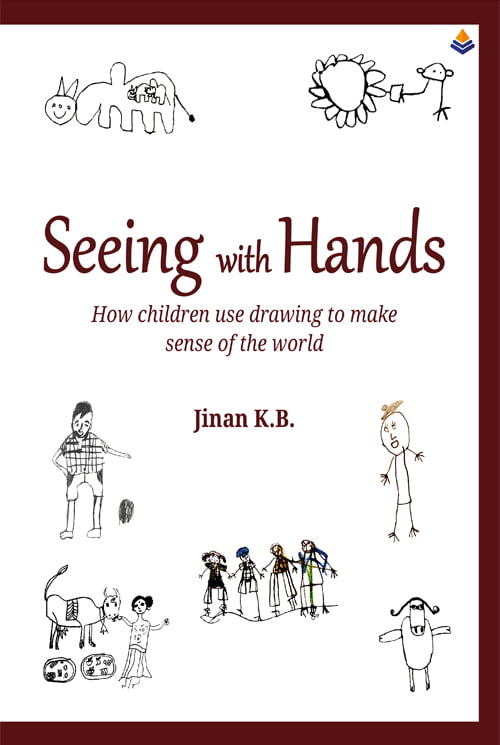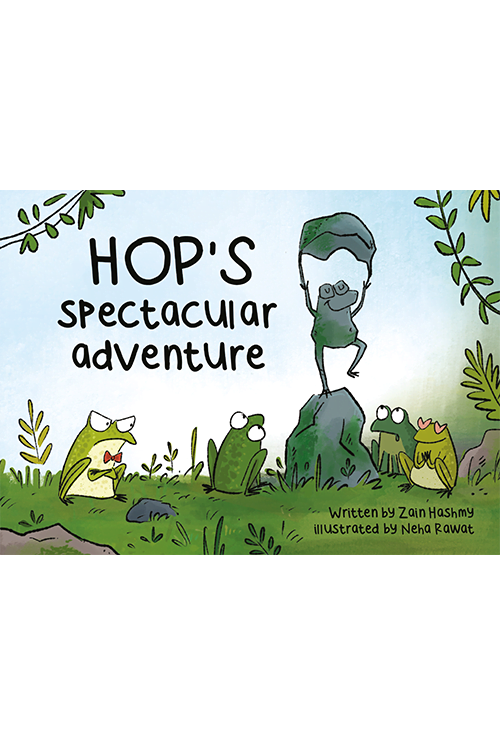Little known in his own country, Sri Aurobindo was nevertheless one of the more significant personalities of twenty century-India. After studying humanities in England, he embarked on a political struggle to challenge Britain’s colonial domination over India. In 1906, he founded the newspaper Bande Mataram, laying the groundwork of India’s future independence, notably through Passive Resistance, which was later adopted by Gandhi. But far from Gandhi’s pacifism, Sri Aurobindo was convinced that freedom could only be achieved via action, and even via armed struggle.
Absorbed by India’s century-old wisdom, his commitment to his country was doubled by an unremitting inner spiritual quest.
In 1910, Sri Aurobindo began another life in Pondicherry. In his written works, notably The Life Divine, published in 1920, he propounded an “Integral Yoga” describing the conditions of the “The Great Passage”, meant to lead to the next evolution of mankind.
His work influenced and attracted disciples from around the world to his ashram, founded in 1926 with his companion Mira Alfassa, and later to the Auroville community, a few kilometres from Pondicherry.
Through this biography, Luc Venet reveals the unfolding of Sri Aurobindo’s exceptional force and opens up the path to a new evolution of humanity.


